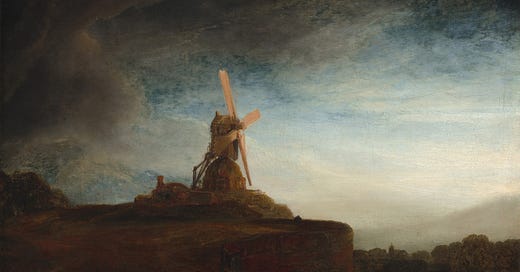William S. Maltby, The Black Legend in England: The Development of anti-Spanish sentiment, 1558-1660 (Durham, NC: Duke University Press, 1968).
Maltby acknowledges in his preface during his childhood he fully accepted and was surrounded by the “Black Legend,” or the narrative that Spaniards were in a generally more cruel, brutal, tyrannical, and fanatically more religious than the rest of the Europe. His book illustrates the profound one-eighty that has occurred in his life, going from fully buying into the Black Legend to become almost a Spanish apologist. His work The Black Legend in England (1971) comes out of the gate swinging against four centuries of propaganda and what he deems to be poor scholarship, particularly in the Anglophone world. Relying heavily on pamphlet history and print material, Maltby argues that the creation of the Black Legend in England was built on exaggerated critiques from Spanish elites repurposed by English propagandists, a deep anti-Catholicism, and growing imperial rivalry.
Maltby centers his narrative on the late Elizabethan reign and ends it with James II and the fall of the Stuarts. Unlike other scholars who have primarily blamed the Enlightenment thinkers for creating the Black Legend, Maltby looks into the popular pamphlets and narratives circulating in England over the course of a century to understand the broader national identity that was forming. While still certainly limiting the discussion of anti-Spanish beliefs to the literate portion of the population, this methodology does allow for the expansion of ideas beyond Parliament and elite society into the coffee shops and taverns of England. His book begins by critiquing the Spanish critics of Spain both in Spain and the New World. These critics, such as De las Casas, were not anti-Spanish, however they were determined to shift imperial policy. Maltby suggests that often these men exaggerated events or reported gossip with little hard evidence. This information was in turn printed and used by English critics to build their argument of why the Spanish were bloodthirsty and barbaric.
This narrative is further solidified by Englishmen’s anti-popish stance and belief that Spain represented the greatest defender of Catholic belief and tradition. Maltby devotes considerable attention to the role of the Armada in solidifying the Black Legend in the English national culture, arguing that this event became something of a nation forging event centered on hatred of the Spanish. At times Maltby approaches the territory of becoming a Spanish apologist and creating a legend of sorts (some have called it a “white legend”). If it were not for the occasional brief affirmation that Spaniards were in fact guilty of crimes, the reader might be persuaded that Spain was better than any other European Empire. His central point, that Spaniards were no different from other peoples, including fellow Europeans allows for atrocities to be perpetrated. Ultimately, Maltby hopes to change the way in which Spain is presented in the academy and society at large as stereotypical of European actions, rather than as an odd man out.
Maltby’s work has several challenges and shortcomings. First, in his zeal to undermine the Black legend leads him to almost to excuse or defend actions of the Spanish Empire. His attacks on the English writers at times is excessive. Another challenge comes in how he approaches religion. While he does focus on the Protestant and Catholic rivalry, his work does not deeply dive into the theological reasons for the anti-Spanish attacks. Understanding the deep, theological disagreements, as well as understanding the formation of a Protestant identity could have helped the larger argument. His book also was weaker in discussing print culture, however, given that this book was one of the earliest in the field to tackle this subject, lack of investigating what the readers thought of the book is more acceptable.
This book, while bordering on polemical, was an essential interjection into the American academy. Not only did Maltby expose the inherent fallacies in the Black Legend, he provided a genealogy of its formation. Tracing the idea back to the English pamphleteers and suggesting the constant nature of the Legend, Maltby successfully launched a debate among the American academy of how to approach the idea and how to correct for it. Certainly the book has its flaws and ways in which it can improve. However, one should not neglect how critical this book was in breaking down generations of academic acceptance of the Black Legend. And sadly, the Black Legend still has its legacies in discussions, particularly in the Anglo Atlantic historiographical tradition. While not explicitly the Black Legend, scholars continue to frame Spaniards as less Enlightened, fanatical, and more barbaric. Thus, this book should continue to be a required reading for students of the Atlantic world who need to continue to question all the major powers, not just France, America, and Great Britain. Scholarship ought to continue to probe the Black Legend and what made it so palatable to so many Britons, even as Spaniards allied with the British in the Napoleonic Wars. Exploring his critiques of De las Casas, while fraught, might also yield new insights into the New World. Ultimately, this book was an icebreaker in the field and much credit is owed Maltby for pioneering this approach in the American academy.
Robert Swanson




